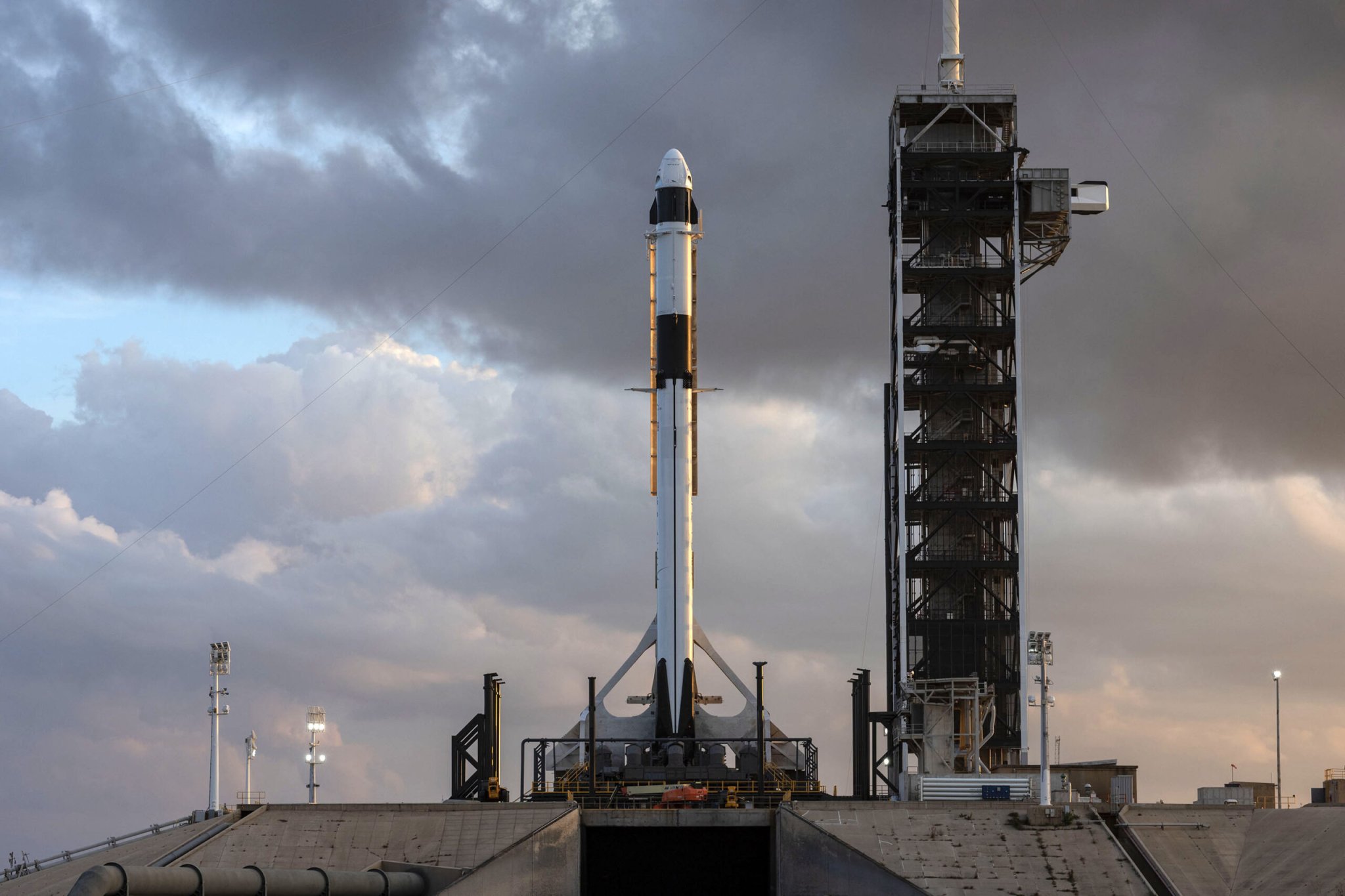

SpaceX has never launched a human being into space, but on March 2, it will take a massive step forward towards finally reaching that goal. The private space company will conduct its first ever launch of the Crew Dragon—the spacecraft that will (if everything goes according to plan) send astronauts to the International Space Station (ISS) later this year. Although next week’s mission will be uncrewed, it could spell the beginning of the end of America’s reliance on Russia to send its own people into space.
The mission, called Demo-1, is currently set to launch at 2:49 a.m. Eastern Time on Saturday, from Launch Complex 39A at NASA’s Kennedy Space Center in Florida. As of Tuesday, NASA officials give an 80 percent chance of favorable weather. In case any problems arise, a backup date of March 5 has been set as well.
As part of Demo-1, Crew Dragon will dock to the space station on March 3 (around 6:00 a.m. Eastern Time) and deliver roughly 400 pounds of supplies, including a test dummy strapped with sensors that will help let SpaceX and NASA know whether the flight is safe enough for human travelers. On March 8, Crew Dragon will leave the ISS and splashdown into the Atlantic Ocean.
The Crew Dragon (also called Dragon 2) is SpaceX’s flagship human exploration vehicle. The company has spent nearly all of this past decade working on its development, but participation in NASA’s Commercial Crew Program (along with Boeing) effectively sped things up and caused the company to frame the spacecraft’s design for ferrying NASA astronauts to and from the ISS.
Since the Space Shuttle Program ended in 2011, NASA has been without a working human spaceflight system, and has instead relied on Russian Soyuz missions to get its astronauts to the ISS and back. The U.S. has high hopes the commercial industry can take over many low Earth orbit operations and allow NASA to focus instead on the bigger goal of finally sending people to Mars, although delays in the development and testing of Crew Dragon and Boeing’s CST-100 Starliner have caused quite a bit of frustration and anxiety for many in the government. If SpaceX and Boeing are not fully prepared for crewed flights this summer, NASA is at risk of temporarily losing access to the ISS after September.
But as of now, things are looking bright. SpaceX has plans to follow up with another uncrewed Crew Dragon flight in April to test out the vehicle’s abort system, and if that goes well, the company will send two NASA astronauts to the ISS in the summer.
Floridians living close to “Space Coast” have a few options for seeing the launch in person, but the rest of us can plan to stay up and watch the launch livestream on NASA TV. Coverage will start at 2:00 a.m. Eastern Time.
